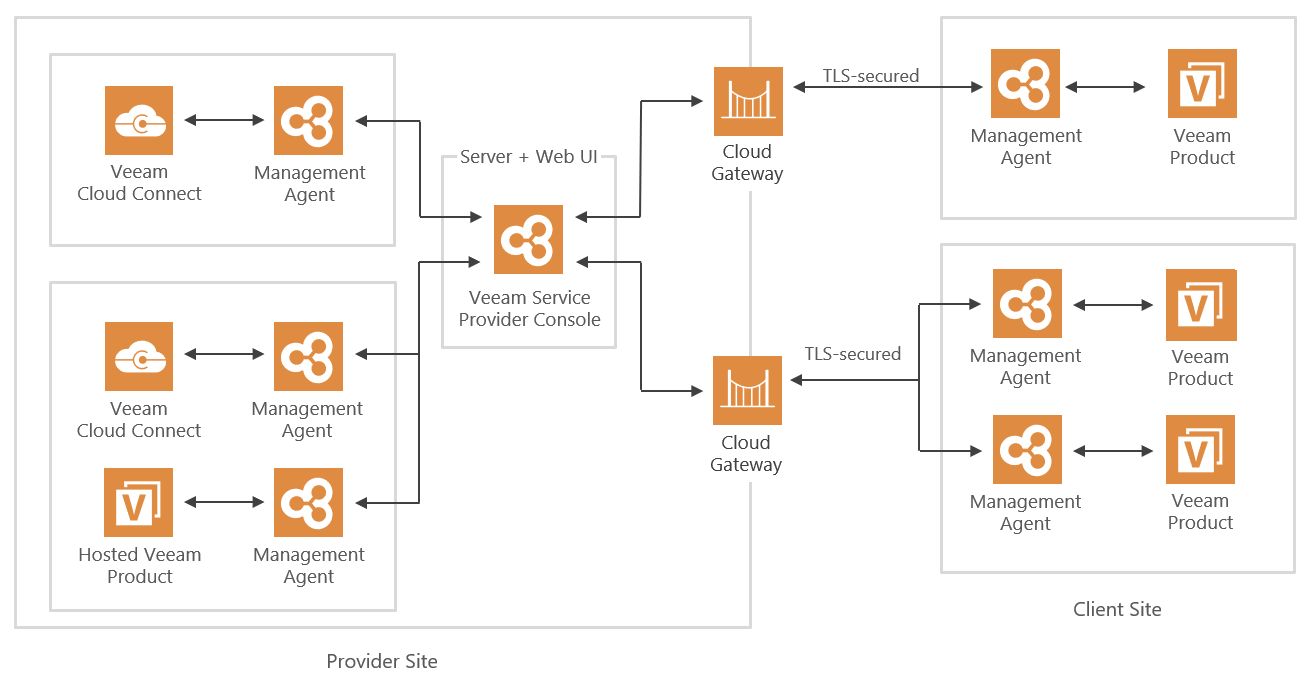Hi guys,
a reminder for Service Providers like me who have VBO365 installation on the same VCC server: after upgrading to V12 it is necessary to reinstall Veeam Exlporers for Exchange, Sharepoint and Teams compatible with the installed version of VBO365.
To do this:
1) Open a cmd with administrative permissions
2) Pull up the list of installed programs with the command "wmic product list brief > C:\temp\installed.txt"
3) Uninstall the desired explorer with the command "msiexec /x {ProductCode}"
4) Once the three programs have been uninstalled, you can proceed with reinstalling the old Explorers.
You can find the executables by mounting the ISO of your version of VBO365 inside the "Explorers" folder.
Enjoy! 💚





